The French Open: The Fashion Highs and Lows Over the Decades
- Oops!Something went wrong.Please try again later.
- Oops!Something went wrong.Please try again later.
- Oops!Something went wrong.Please try again later.
- Oops!Something went wrong.Please try again later.
- Oops!Something went wrong.Please try again later.

It is a 20-minute drive from Palais d’Iéna to the Stade Roland Garros complex of tennis courts in Paris.
The former is the location where Miu Miu presented its fall 2022 collection a few months ago, unveiling a sportier take on the viral Miu Miu set introduced the previous season that generated a flood of coverage and even its own Instagram account.
More from WWD
The latter is the stage of another kind of show unfolding right now: the French Open, the second of the four annual Grand Slam tennis tournaments that will crown the new queen and king of clay this weekend.
Those Miu Miu opening looks evoking the world of tennis with their uber-cropped polo shirts and branded panties peeking out from low-rise pleated skirts or minis might not have infiltrated the Parisian courts just yet — their pristine palette would make them a better fit for Wimbledon, anyway — but the French Open has a longtime affair with style nevertheless.
In addition to being the stage of herculean athletic gestures — see Rafael Nadal’s trophy shelf bending under the pressure of 13 cups collected in less than two decades for recent reference — the Court Philippe-Chatrier and Court Suzanne-Lenglen have served as observatories for fashion’s evolution and rise of new trends over the years.
Dating back to 1891, the French tennis event witnessed sport legends making the fortune of sponsors and becoming the target for fashion brands. Their style also played a key role in emphasizing differences in personalities and approaches to the game, contributing in shaping their distinctive image and cementing their spot in the history of the sport.
Take Nadal’s first victory in 2005, which kickstarted a thrilling era that gifted fans with one of the biggest rivalries in tennis via multiple duels with Swiss champion Roger Federer.
The Spaniard claimed his first championship in Paris at just 19 in a look that already spoke volumes about his disruptive force: sleeveless top, past-the-knee shorts and headband made for a pirate-esque look that matched his energy and aggressive game. It contrasted with Federer’s more classic attire, usually composed of short-sleeved T-shirts or polos and shorts that channeled a more elegant look second only to his signature one-handed backhand.
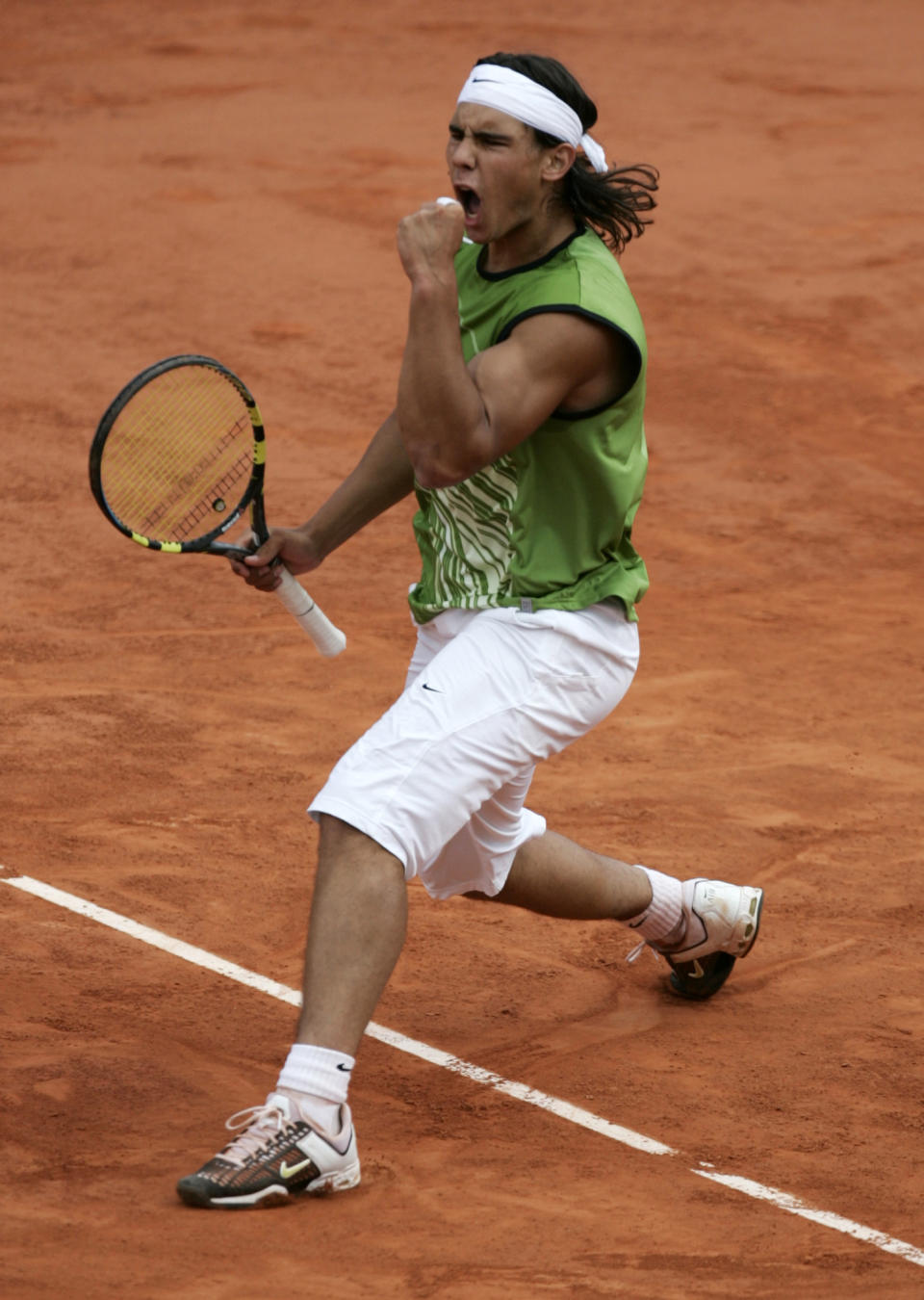
FRANCOIS MORI/AP
While Federer broke Nadal’s spell and won the trophy in 2009, Novak Djokovic joined the rivalry at the top of the ranking and claimed victory on Parisian clay twice, the second time being last year after defeating Nadal in the semifinal.
If Federer skipped the French Open this year, Djokovic won’t be able to defend the title as he succumbed to Nadal in the quarterfinals on May 31. As the tournament is reaching its final rounds, the Spaniard is facing players who make up tennis’ new guard. If one of them eventually dethrones the clay’s king, a new chapter of the tournament will officially open.
Pressure to spark the generational turnover in Paris at the moment is on German player Alexander Zverev and Norway’s Casper Ruud, who along with the likes of Daniil Medvedev, Stefanos Tsitsipas, Andrey Rublev, Félix Auger-Aliassime and teenage sensation Carlos Alcaraz form a new breed of talents that have been proving their worth for the past year, leaving fans hopeful for the future even after the retirement of the Federer-Nadal-Djokovic wonder trio (a scenario that tennis lovers keep shooing away).
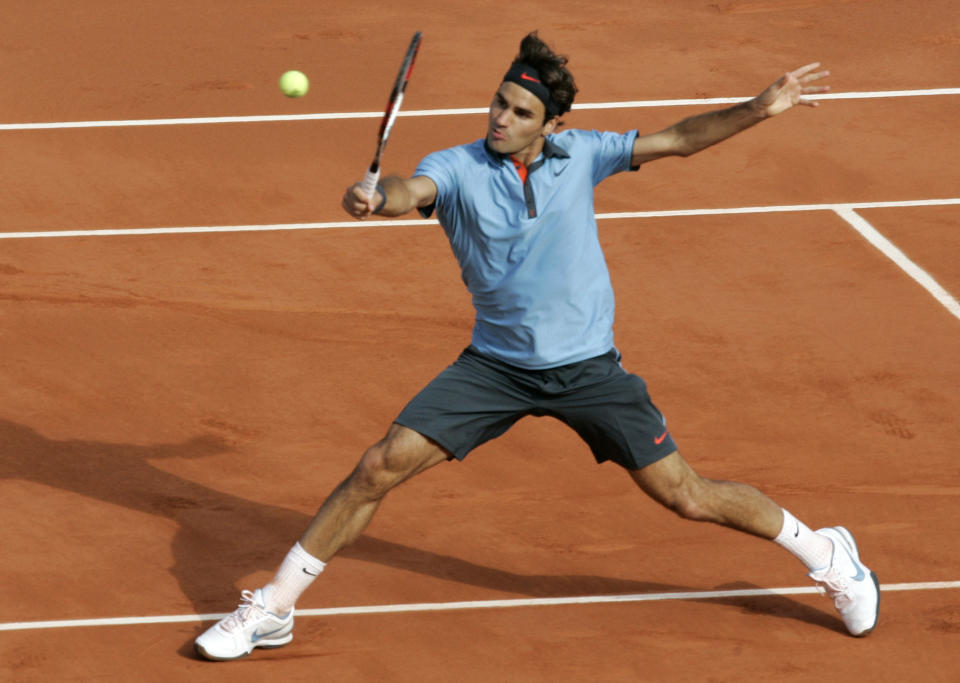
LIONEL CIRONNEAU/AP
Fashion is looking closely, too, in an attempt to leverage the rising popularity of these talents — all aged between 19 to 25 — and secure both their and their supporters’ loyalty. Examples encompass Z Zegna tapping Zverev as its first ambassador in 2018 — three years before he won the gold medal at the Tokyo Olympics — to Boss naming Italian player Matteo Berrettini global ambassador on and off the court, taking him everywhere from the Dubai desert for the advertising campaign launch to the red carpet of the Cannes Film Festival last month. Meanwhile, Gucci made its move on Italy’s other rising star, Jannik Sinner, inviting the 20-year-old player to its resort 2023 show in Apulia.
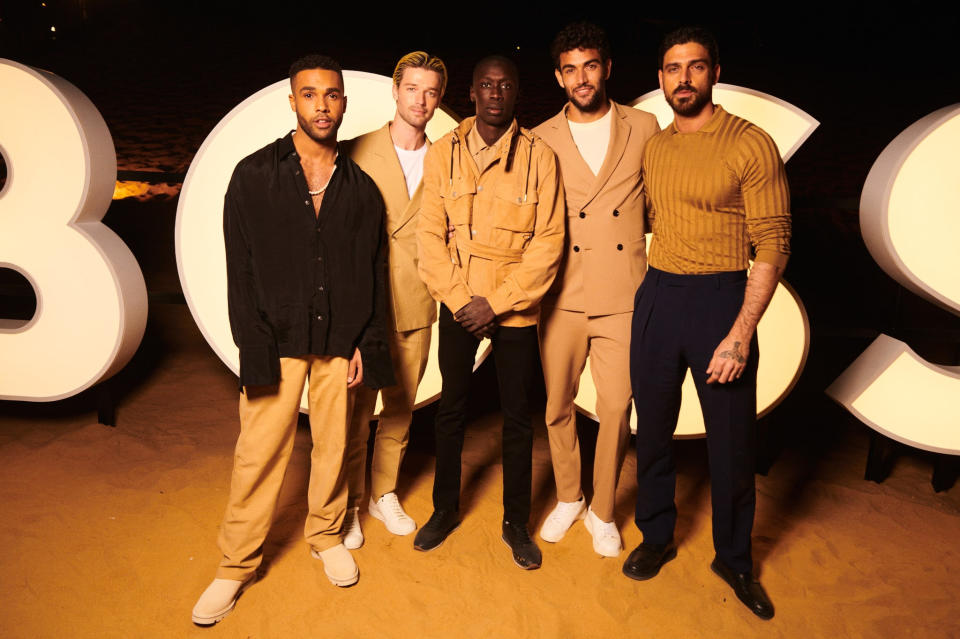
Courtesy of Hugo Boss
Other luxury houses are also entering the game, with Rolex nabbing the most promising young talent Alcaraz to add to its premium tennis rooster made up of Federer, Zverev, Tsitsipas and Sinner, while Tag Heuer secured Canadian players Auger-Aliassime and Denis Shapovalov, among others.
On the women’s front, generational turnover has already begun. Cue to Poland’s 21-year-old player Iga Swiatek, who is among the favorites to claim the French Open victory this year after already taking the trophy home in 2020. Standing between her and her second title is currently U.S. talent Coco Gauff. Along with Emma Raducanu, Paula Badosa, Leylah Fernandez and Belinda Bencic, Gauff forms an under-25 group to watch.
Backed by her U.S. Open championship last year, Raducanu is the one leading the fashion game, though, having already landed ambassadorships with Dior and Tiffany & Co.
In addition to prominent sponsorships, the history of tennis is filled with players who reached style icon status and influence to the point of launching namesake labels. In France, the epitome of this transition was René Lacoste, nicknamed “the crocodile,” who won the Parisian championship three times in the 1920s before introducing the tennis polo shirt at the end of that decade.
Before him, men’s tennis attire was mainly made up of long-sleeved shirts, pleated trousers and belted waists, but Lacoste shortened sleeves for comfort and embroidered the signature crocodile to make them instantly recognizable. His quest to improve performance soon reached a wider scope: he covered the handle of his racket with surgical tape to get a better grip, before replacing wood rackets with metal ones for increased lightness, as well as inventing a machine to fire tennis balls with calibrated force to help players practice alone, among the more than 30 patents he developed.
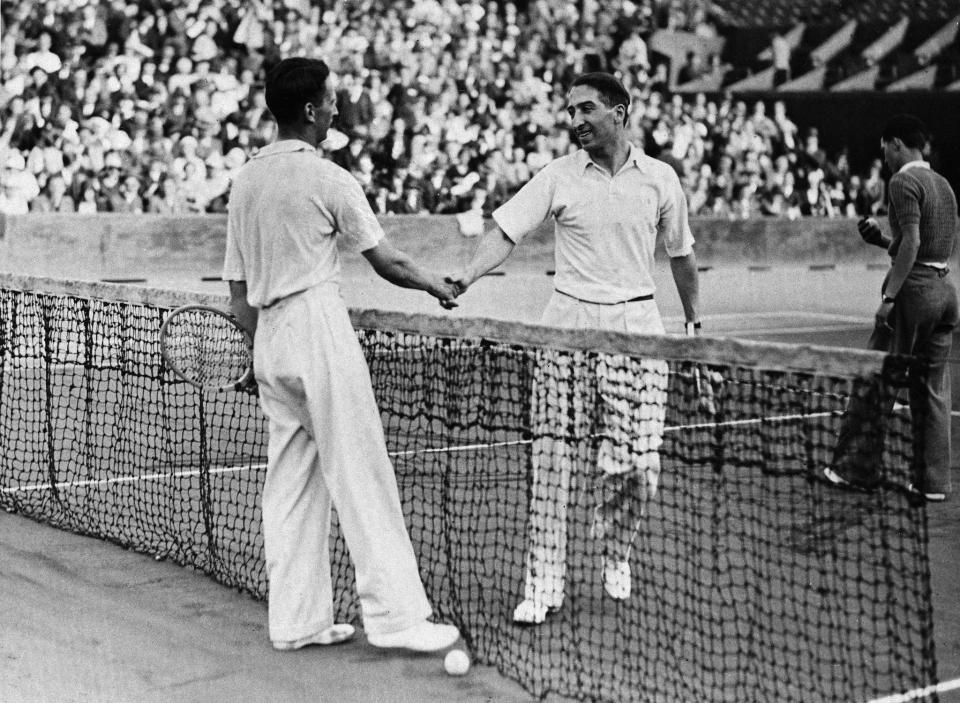
AP
Lacoste was one of the so-called “The Four Musketeers” with Jean Borotra, Jacques Brugnon and Henri Cochet who made up the quartet of French tennis stars who dominated the game in the 1920s and 1930s, and won the Davis Cup on American soil in 1927. The following year, the tennis stadium in Paris was built for the four players to defend their title, and was named after aviator hero Roland Garros. Today the trophy awarded to the winner of the men’s singles at the tournament is called the “Coupe des Mousquetaires,” or “The Musketeers’ Cup” in English, in their honor.
The women’s trophy is named after Suzanne Lenglen. The French tennis player was dubbed “La Divine” for her game as well as the indelible mark she left on sport, style and pop culture. She was the first professional women’s tennis player — collecting 81 singles titles, 73 doubles titles, 87 mixed doubles titles and two gold medals in 1920 — and the first to take the court wearing make-up, short sleeves and an above-the-knee pleated skirt, which became particularly emblematic as it was designed by Jean Patou — for whom she was a muse — and still makes for a must-have item in the tennis wardrobe.
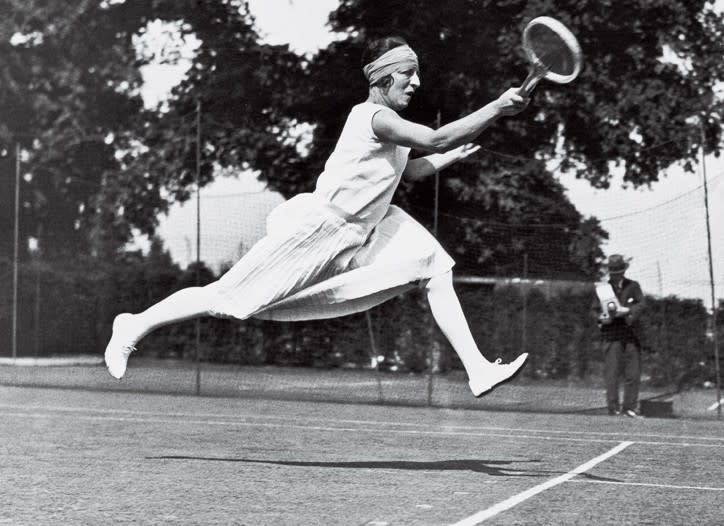
Starting from the 1930s, and even more after World War II, France’s domination was interrupted by Americans and Australians players taking over, with the likes of Frank Parker, Tony Trabert and Rod Laver as well as Doris Hart, Althea Gibson and Margaret Smith Court among the winners in those years.
From the 1970s, the Swedish tennis wave significantly added to the competition.
Both in game and style, Björn Borg had few rivals. His blonde mane cinched with striped sweatbands, he wore graphic polo shirts and short shorts, all courtesy of Fila — a look that remains a key reference pinned on many fashion designers’ mood boards, whether directly with vintage images of him during a match, or indirectly via stills of “The Royal Tenenbaums” movie, whose aesthetic also nods to him.
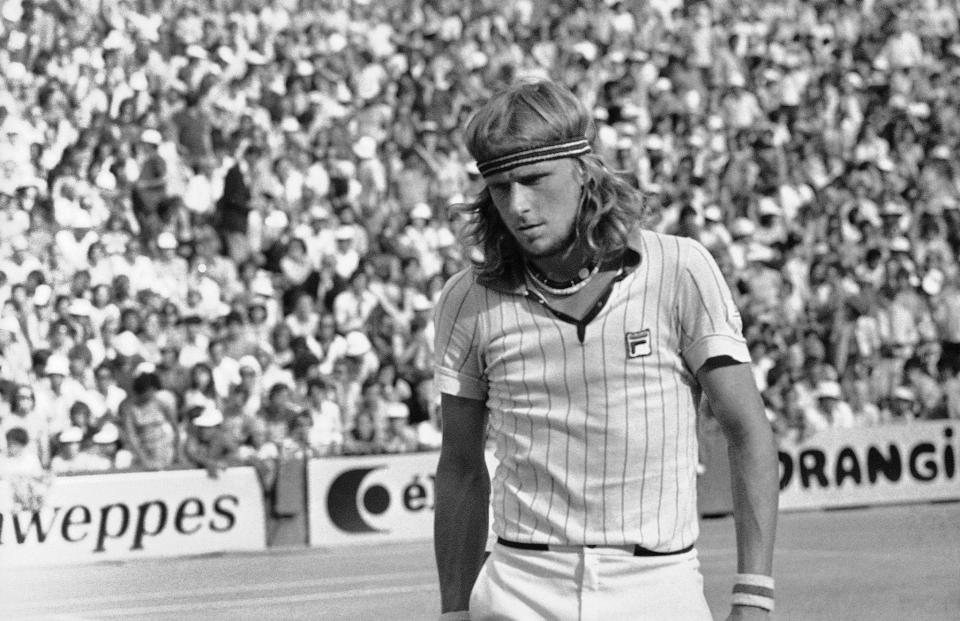
Michel Lipchitz/AP
In addition to his talent and charisma, Borg’s on and off-court sense of style — from Adidas tracksuits to bold tailoring and fur coats, with a sprinkle of layered necklaces — electrified the sport and marketing game around it. Throughout his career the Swedish star had multiple sponsors and helped launch key pieces, such as the Diadora B. Elite sneakers. Most importantly, his persona ferried athletic gear from tennis courts to the streets, further cementing his influence.
While Borg won the French Open six times — with the first title at only 17 in 1974 — his eternal rival John McEnroe couldn’t bring the men’s singles cup home throughout his successful career. In addition to different playing styles and contrasting temperaments — Borg was known for his icy demeanor and McEnroe for his on-court tantrums — their rivalry also saw two Italian brands on opposite fronts, since the American champion was among the first sportsmen to be sponsored by Sergio Tacchini, the brand launched by the namesake tennis player in 1966.
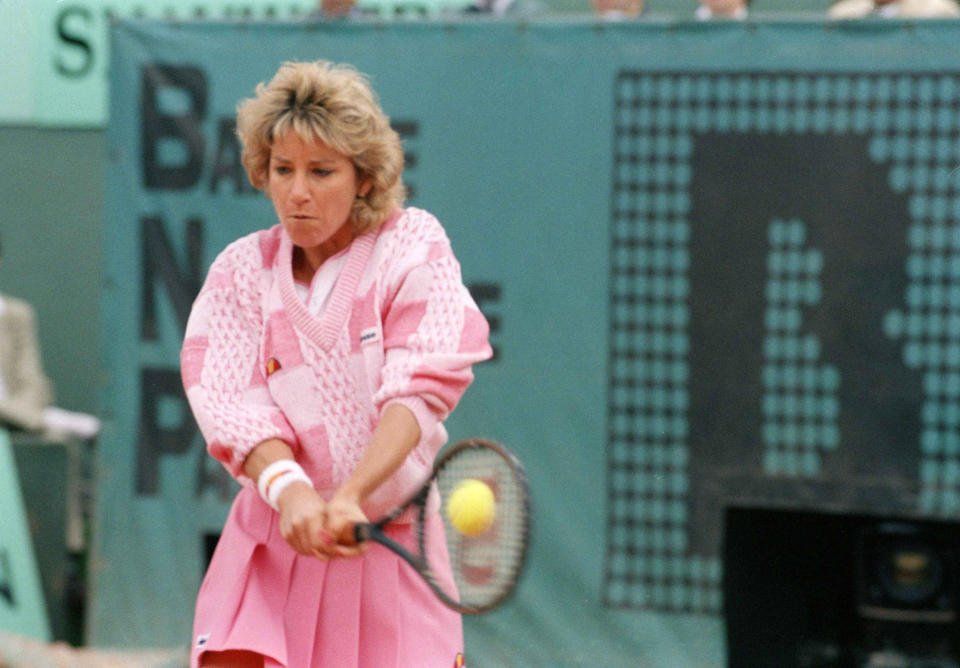
Laurent Rebours/AP
Meanwhile, on the women’s front, Chris Evert was an ambassador for Ellesse, sporting lively, pastel-colored attire as she increasingly captured singles titles in Paris, eventually reaching a total of seven cups that crowned her as the greatest female player in the French Open’s history.
Starting from the 1980s, style influencers on clay included Yannick Noah, who appeared on court in striped shirts by Le Coq Sportif and dreadlocks, before kicking off a career as a singer. Yet the real rock star of the sport has always been Andre Agassi, wearer of some of the most flamboyant looks ever seen in tennis, encompassing denim shorts, eye-catching tops and crazy hairdos, from extra long locks to bandanas covering his shaved head. Cue to the 1990 French Open, when Agassi wore neon pink tights under washed denim shorts; a flashy shirt with graphics in the same tones, and a blonde mullet accessorized with a sweatband.
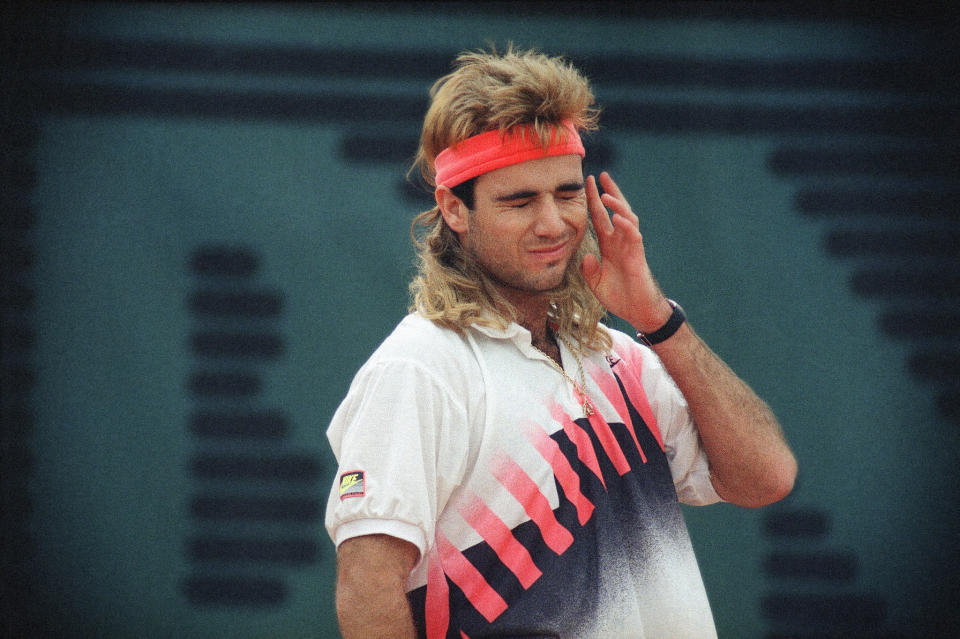
Steve Holland/AP
After losing two finals, Agassi took the trophy home via an epic match in 1999. His future wife Steffi Graf dominated the tournament in those years lifting the cup six times. She sported Adidas gears, which was initially adorned with abstract motifs or splashed with floral prints, as the one she wore for her 1995 victory.
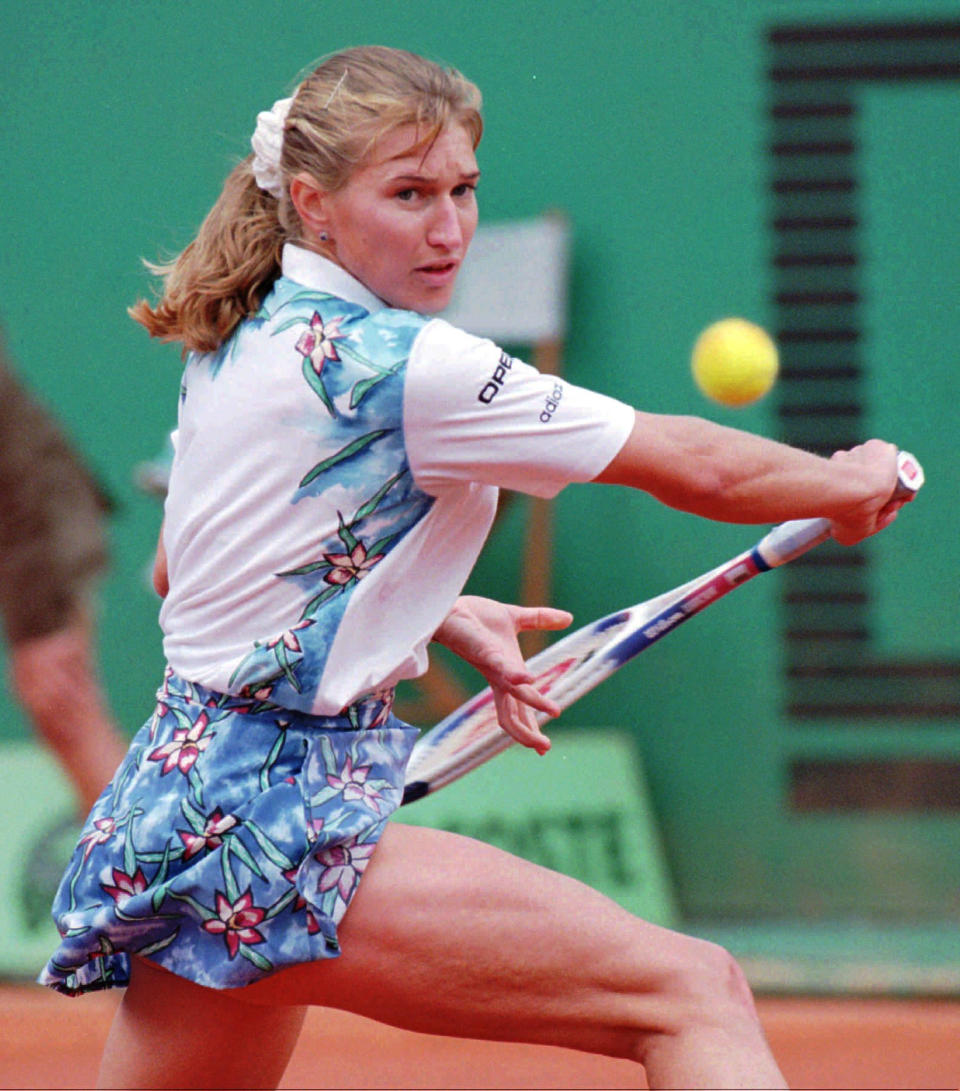
LIONEL CIRONNEAU/AP
The 21st century opened the Venus and Serena Williams era, offering standout sport and fashion moments. Just like their game, the sisters repeatedly proved not to be afraid of taking risks by serving bold looks that pushed the boundaries of tennis fashion. In Paris, statement moments ranged from Venus Williams’s 2010 black lace dress with red trim that evoked 19th-century can-can dancers to her sister Serena’s catsuit that in 2018 caused a major stir as the French Tennis Federation considered it inappropriate. One of the most talked-about outfits in recent tennis, the bodysuit was followed by another bold choice in 2019 when Serena Williams sported a black-and-white striped outfit designed by Virgil Abloh and Nike featuring the words “Mother, Champion, Queen, Goddess” printed on it in French.
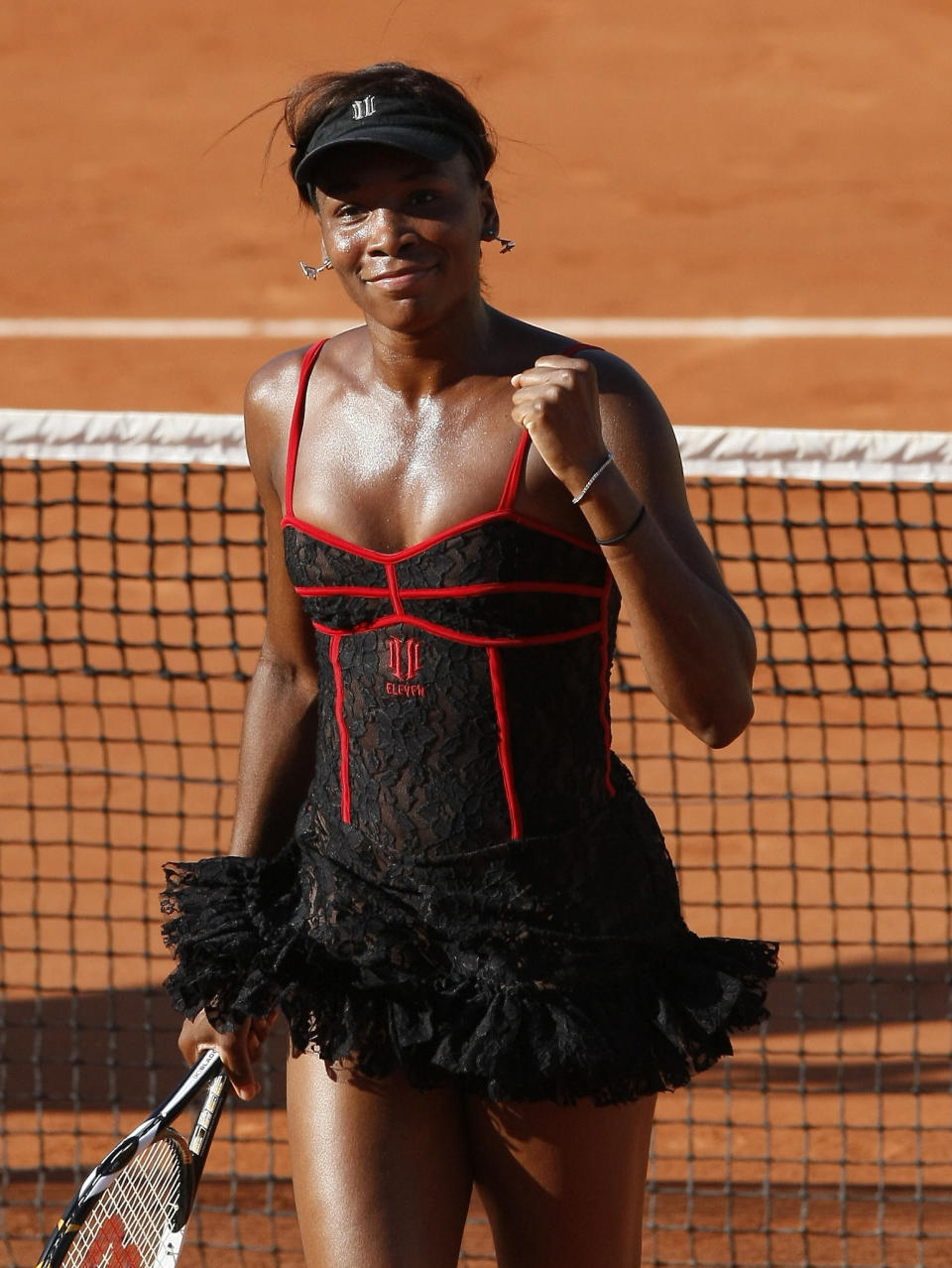
Michel Spingler/AP
Adding to the sport and fashion competition, Maria Sharapova appeared on-court in pastel-hued Nike outfits — including one with a tulle layer over the skirt — or inspired by the Brittany region, as well as off-court girly attire, such as the Jay Ahr mini dress with cutouts she wore to celebrate her second French Open title in 2014, styled with towering Christian Louboutin sling-back stilettos.
Williams’ and Sharapova’s fashion influence not only continued but expanded throughout the years, reverberating far from the court. After years of fashion school at the Art Institute of Fort Lauderdale and having done clothing collections with HSN and Nike, Williams launched her first line “S by Serena” in 2018, followed by a namesake jewelry label in 2019. She’s also a fashion fixture with appearances ranging from the Met Gala carpet sporting a Versace gown to fronting Gucci campaigns. Sharapova also turned entrepreneur, recently joining the board of Moncler Group after having invested in a variety of companies and launching the premium confection line Sugarpova in 2012.
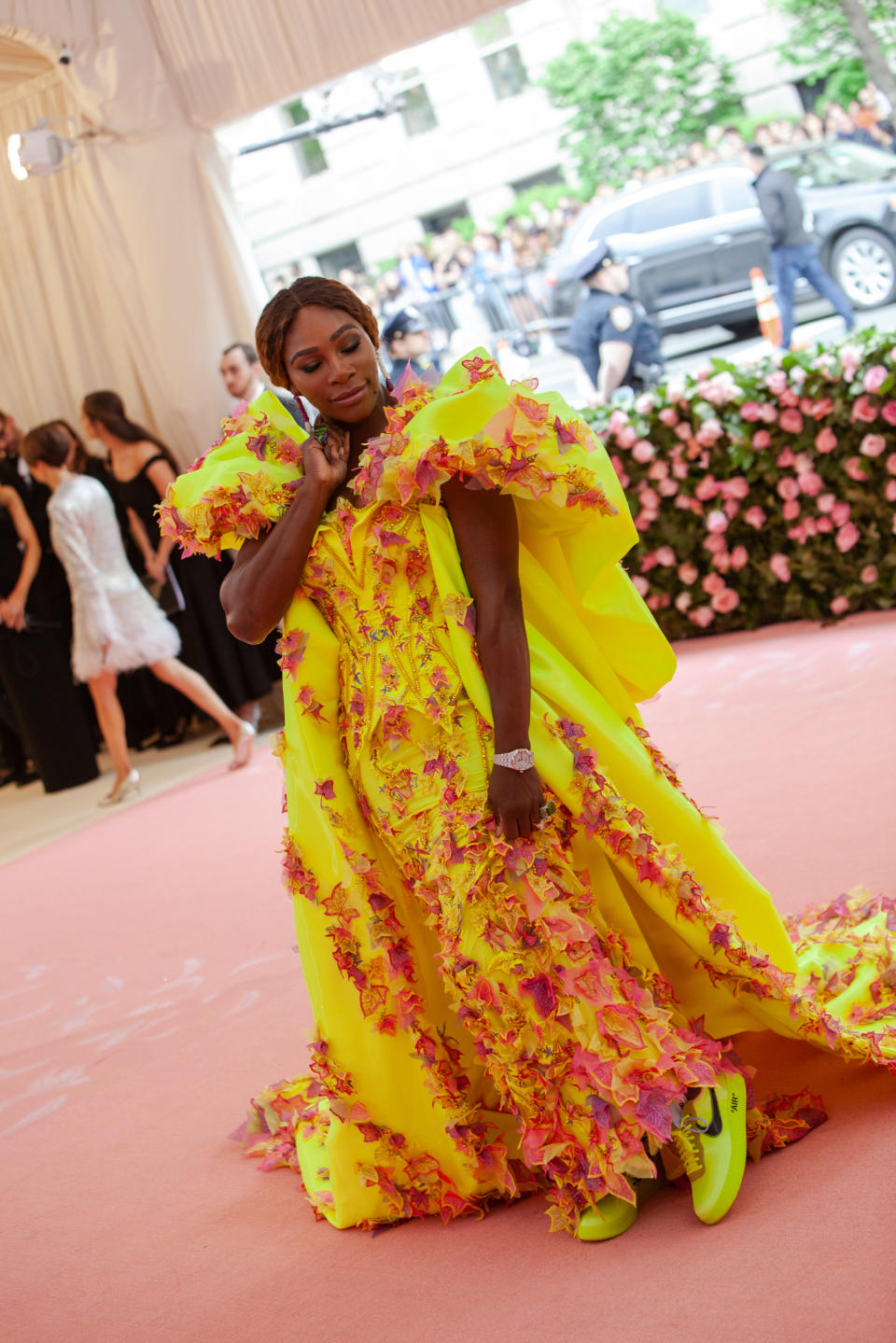
Lexie Moreland/WWD
Best of WWD
Sign up for WWD's Newsletter. For the latest news, follow us on Twitter, Facebook, and Instagram.

